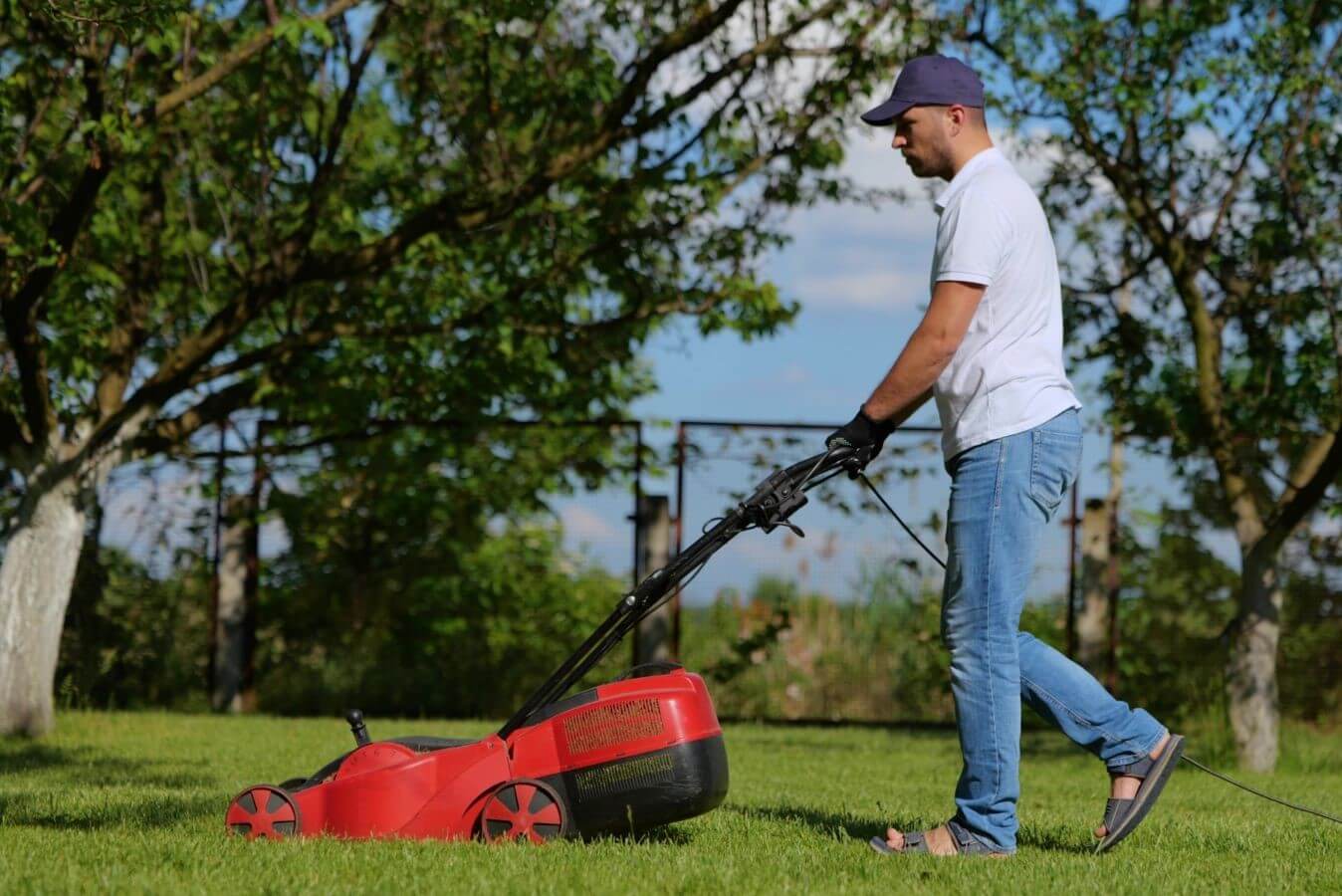Are we always aware of noise that is harmful to us? Not necessarily. When we are in our routines at home or even at work high levels of sounds can become something we adapt to much to the detriment of our hearing health.
Lifestyle habits, an increase in noise pollution worldwide and use of portable media via our mobiles have created a major public health concern: Hearing Loss.
No longer relegated to the elderly, everyone from every demographic must have an awareness and preventative plan to preserve the health of their hearing.
Let’s take a look at what makes sound for a better understanding of how it affects us,
The measurement of sound
The energy produced by the vibrations of sound waves is received and measured by our brain to gauge volume. The measurement of sound vibrations are known as Decibels (db). Yelling can range anywhere from 80 db to 125 db versus a whisper equals around 30 db.
We can hear around 70 db of sound comfortably and if that level starts to climb up then our hearing will be compromised.
Familiar objects
The following are some examples of sounds we live with and around at home:
- Refrigerator 55 db
- Vacuum cleaner 75 db
- Blender 70 – 80 db
- Hair Dryer 70 – 90 db
- Food Processor 95 db
- Hand held drill 95 – 100db
- Power lawn mower 107 db
Remember that hearing loss can be a very slow and insidious process. So it would be best to be familiar and measure the sound of the objects you use on a daily basis.
If you visit the Center for Disease Control and Prevention (CDC) website you can get the following for a rough estimate using the following app:
NIOSH Sound Level Meter App
“The NIOSH Sound Level Meter app can measure workplace noise to determine if workers may experience hazardous noise exposure. The free app combines the best features of professional sound levels meters and noise dosimeters into one simple tool. The app was created to empower people to test noise levels in their workplace, make informed decisions about noise exposure, and prevent occupational hearing loss.”
You can download it from the appropriate app store for your mobile.
Now that you have insight into the measurements of sound, keep in mind that exposure time and distance will have an effect on your hearing as well.
Action steps
Set up a time for you to test each item according to the distance and length of time it is in use. For example, your hairdryer is 6 inches away from your ear for 10 minutes a day. Well, you might want to lessen the distance,time and usage to prevent damage to your hearing.
Imagine in a regular day you use your blender for smoothies, vacuum your carpet and do your laundry, the use of these everyday items will impact you over time and the cumulative effect of high decibel sound exposure will take its toll.
Not to worry! An even easier solution and one that is very cost effective is using ear plugs. There are foam, molded and pre-molded ear plugs to choose from depending on your budget.
You can also invest in earmuffs which might be more comfortable for longer lengths of time.
The website for the National Institute of Occupational Safety and Health is a great resource for industry standard noise protection devices.
What do we need to do?
Get a comprehensive hearing assessment. If you are not sure where to start, ask your primary care physician and they will refer you to the appropriate hearing health professional.
Hearing assessments will alert you to any conditions that need to be addressed.
A preemptive approach to treatment to better guard your hearing ability is best.
In the meantime, use the above mentioned information to start protecting your hearing right away and begin the journey of maintaining your hearing health for your future self.
We are here to offer any guidance you might need and are only a phone call away!

